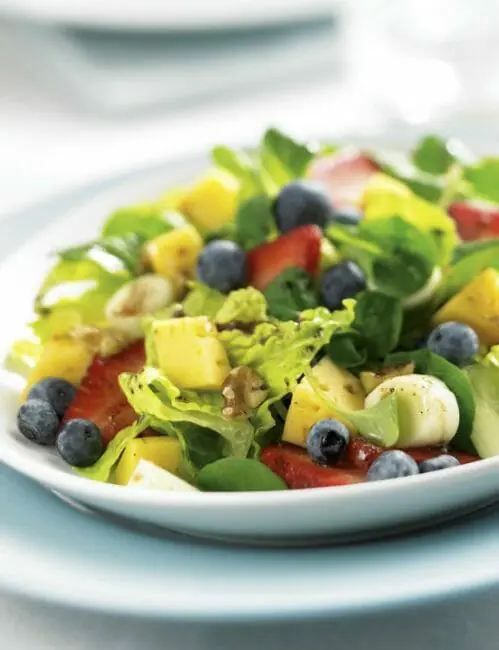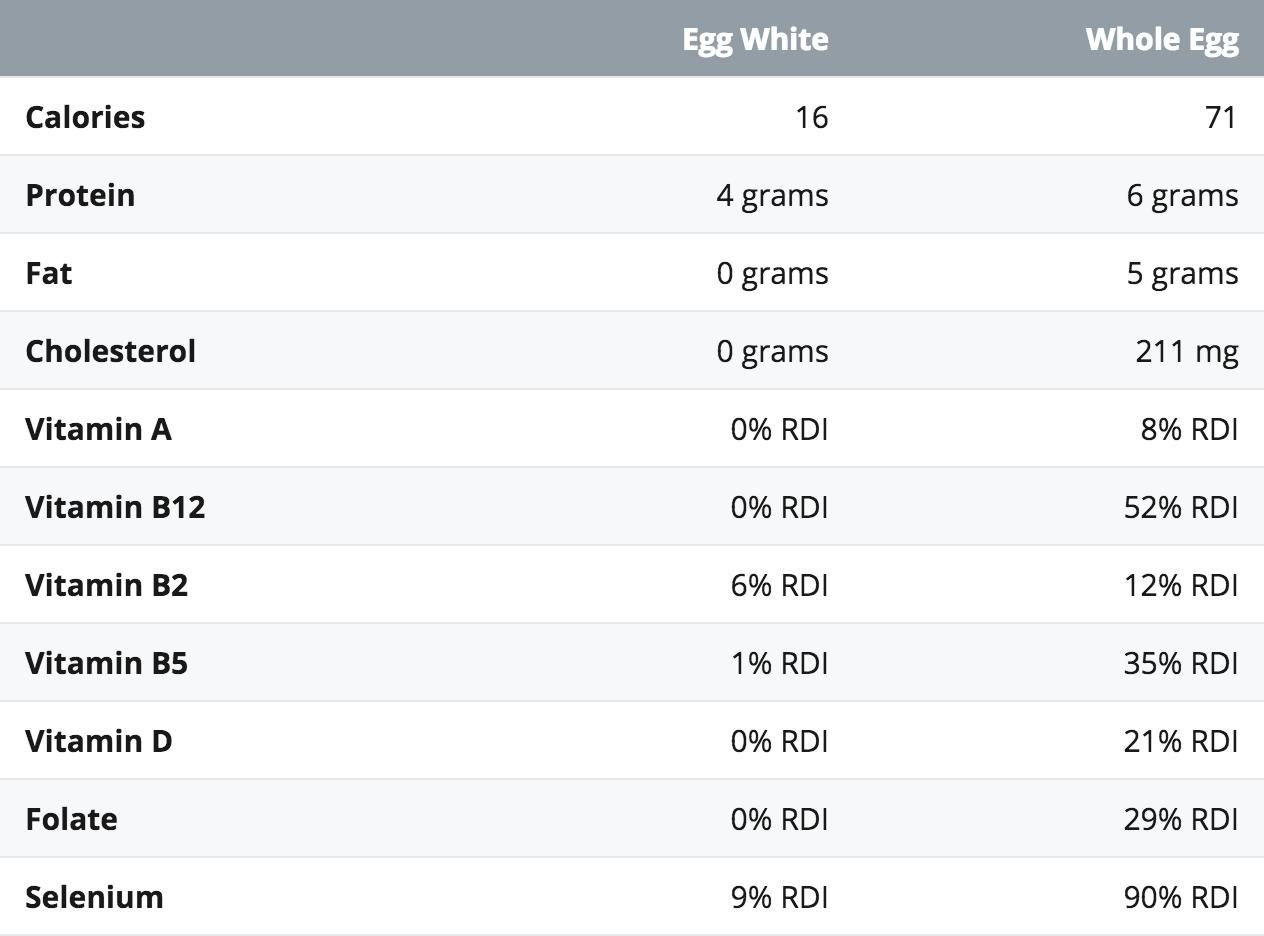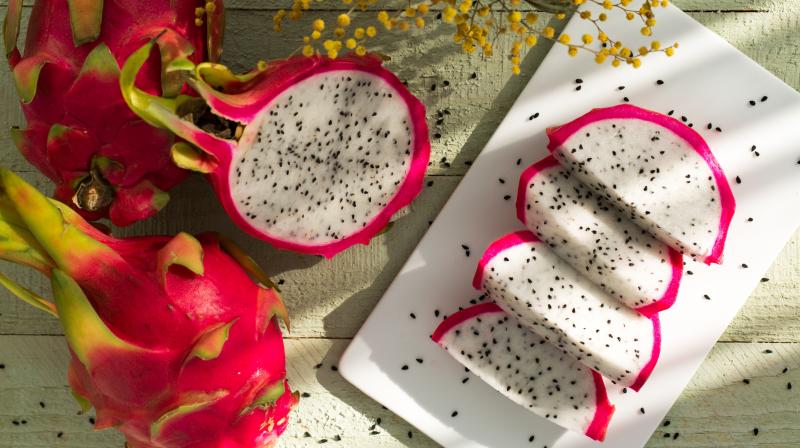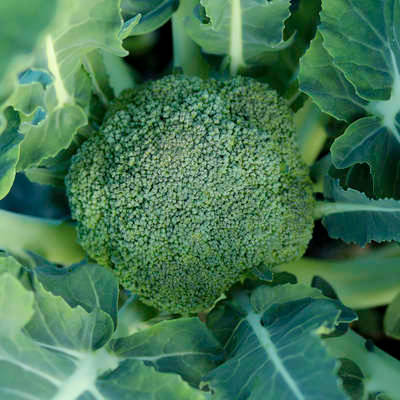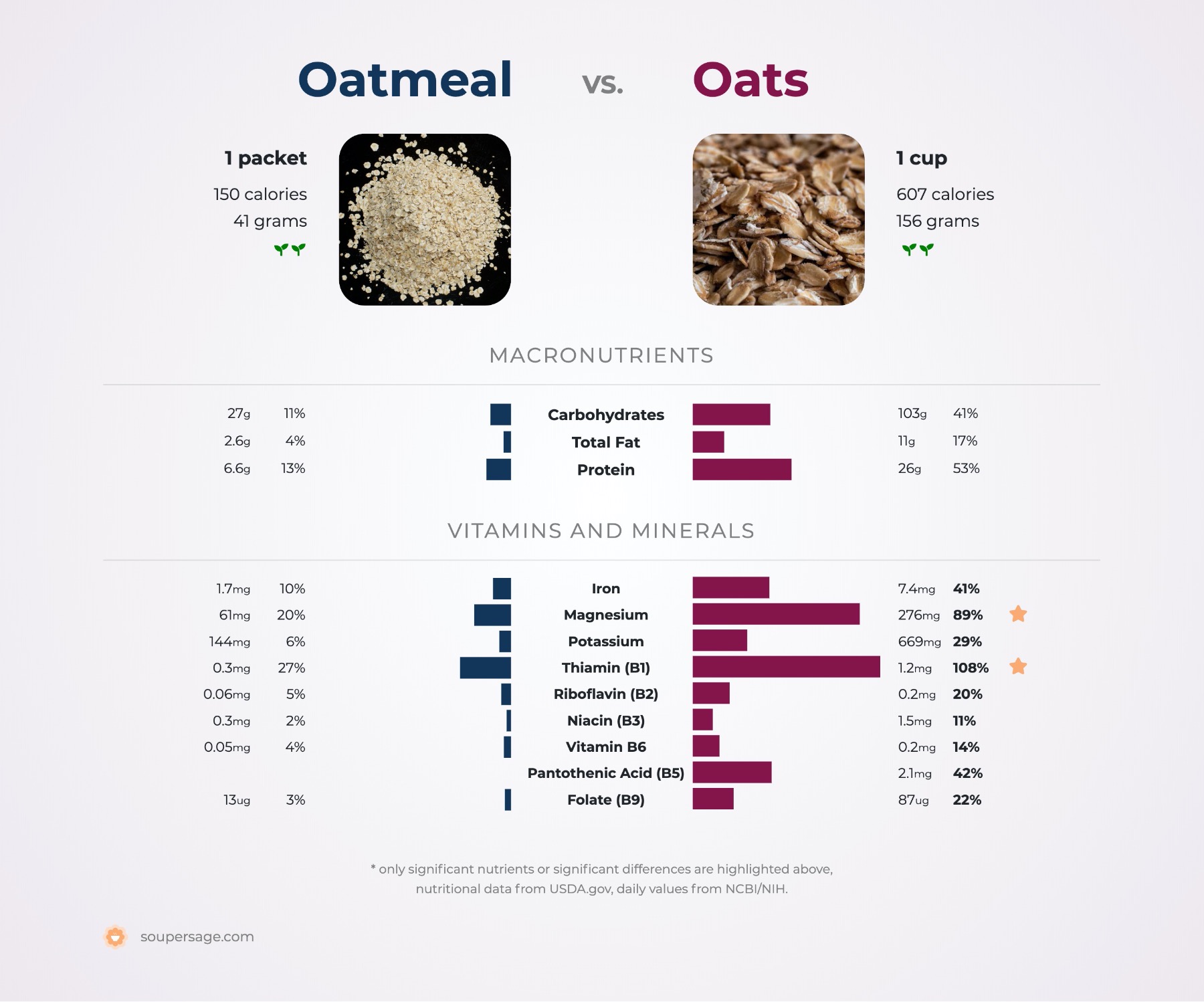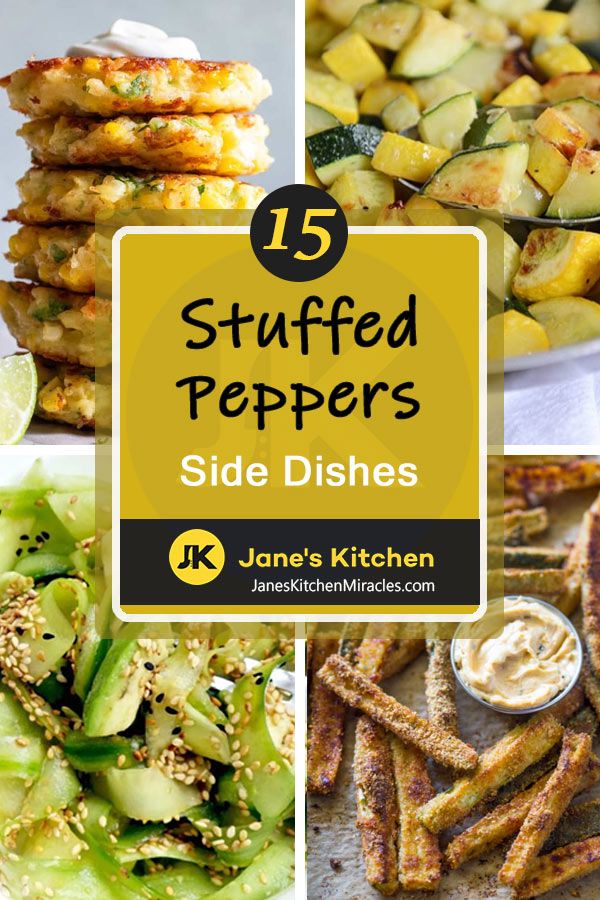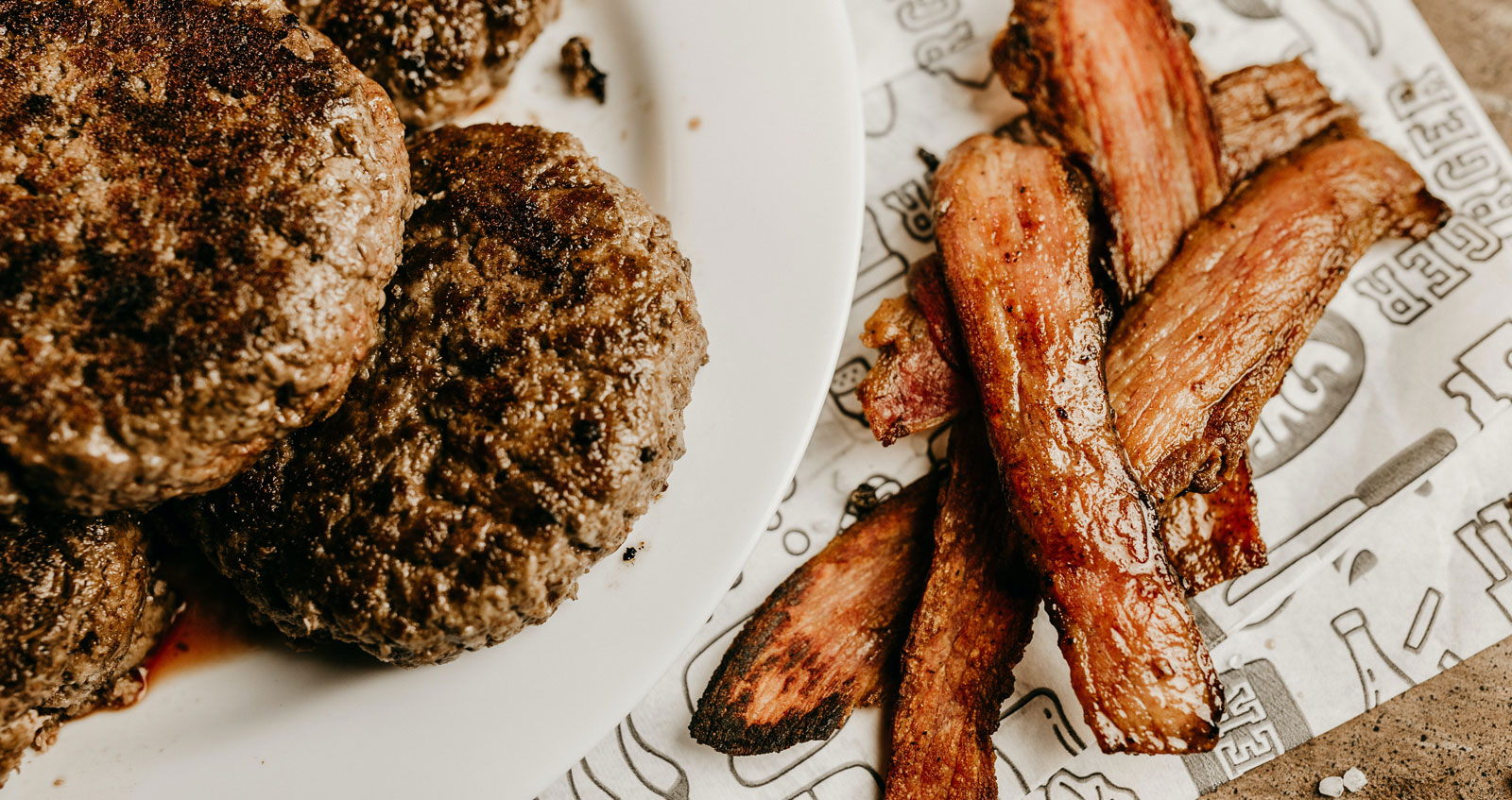Cheese for Salads: Enhancing Flavors and Nutritional Benefits
– Certain cheeses are more suitable for salads, such as crumbly, shredded, or cubed cheese that adds texture and contrast to the greens and richness to the dressing.
– Feta is a popular cheese for salads, known for its salty and tangy flavor that pairs well with extra-virgin olive oil.
– Cheddar and Swiss can also be used in salads.
– Goat and sheep cheeses, like feta, have a tangier flavor profile and can be crumbled for salads. Aged versions are preferred over softer ones.
– Blue cheese is commonly used in salads and should be bought in whole form instead of pre-crumbled for better quality. Parmesan is described as an essential salad cheese.
– Cheddar cheese is commonly used in Midwest picnic macaroni salad.
– Swiss cheese is suggested for its nutty flavor and is used in a unique sausage salad called Swiss wurstsalat.
– Parmesan cheese is recommended for its grainy texture and nutty flavor, and is suggested to be shaved over greens instead of integrating with the dressing.
– Large-curd cottage cheese is described as having a salty-sweet, milky, and creamy flavor.
– Buffalo mozzarella is mentioned as a cheese option for salads. It has twice the fat content of cow’s milk and has a creamy texture.
– Blue cheese has a strong punch of blue flavor and a peppery finish.
– Drunken Goat cheese has a mildly fruity flavor as it is soaked in red wine.
– Queso Fresco is a creamy cheese that works well in chunky salads with sweeter vegetables.
– Aged Manchego has a firm texture, a mild nutty flavor, and a slightly spicy finish. It complements roasted beet and shaved root vegetable salads and grain salads with pecans and radishes.
